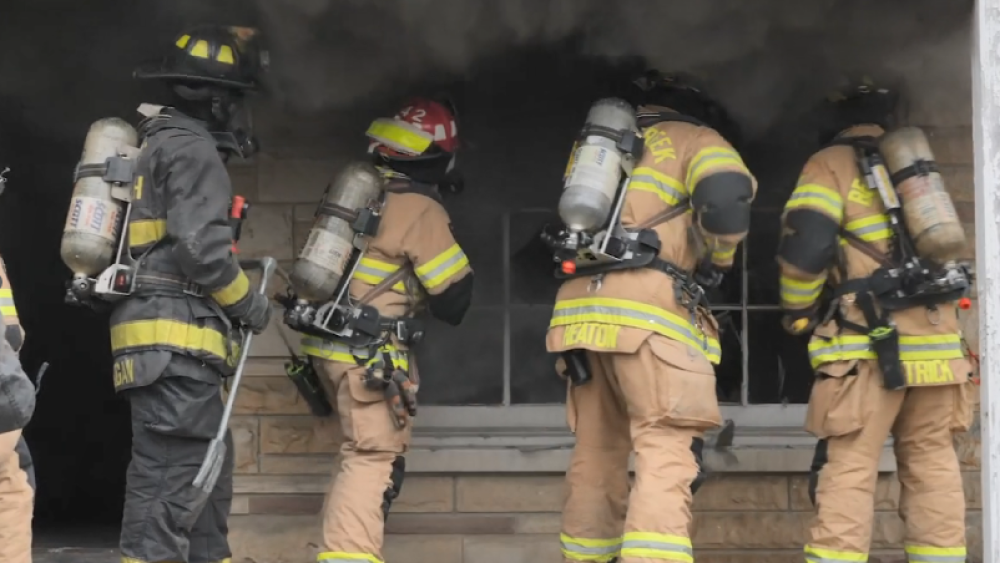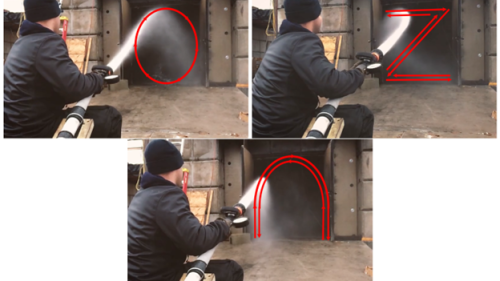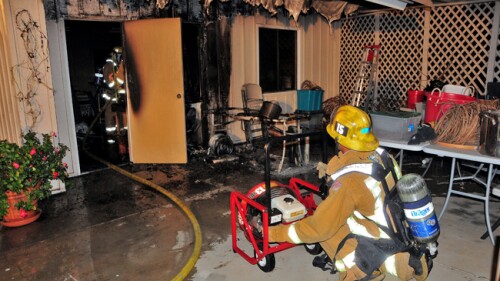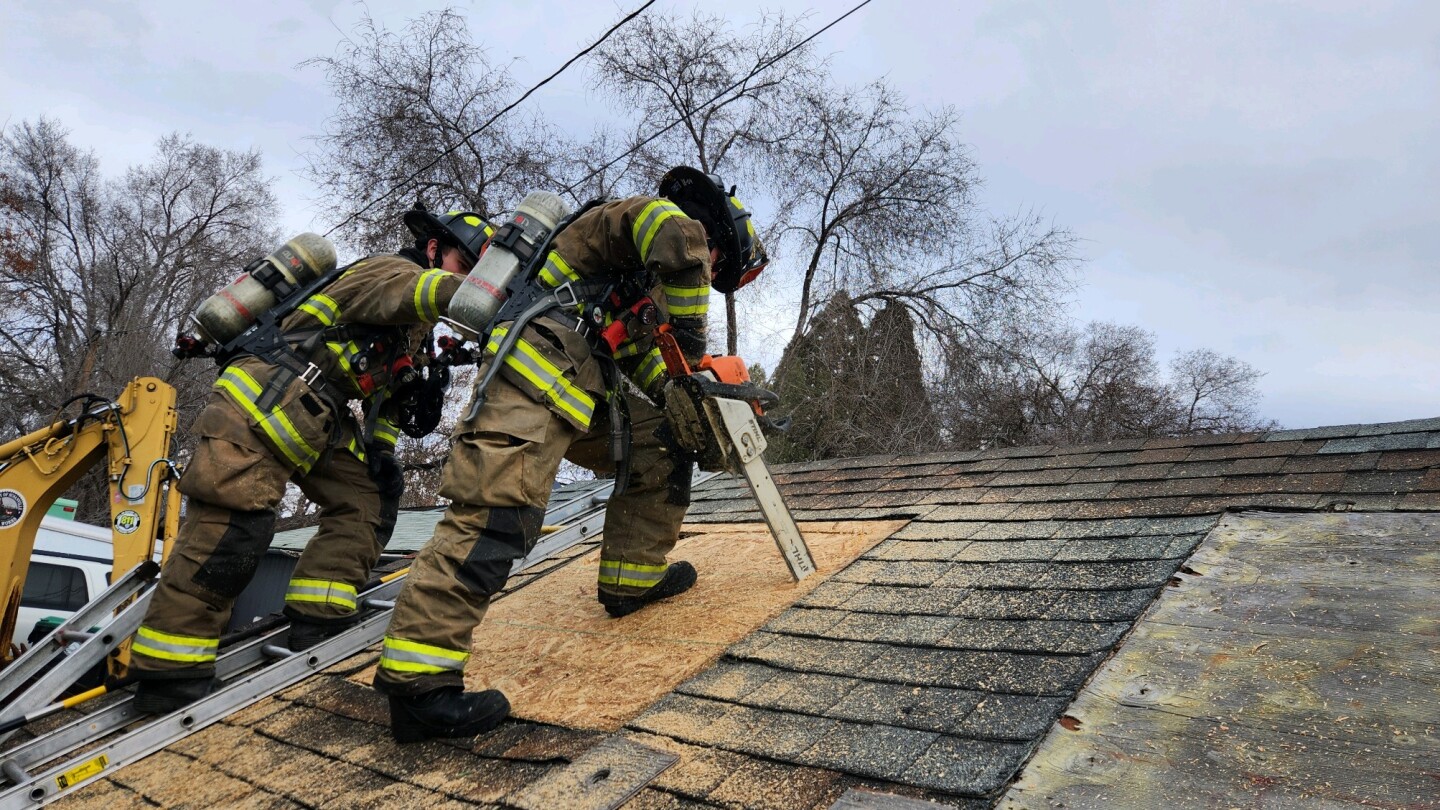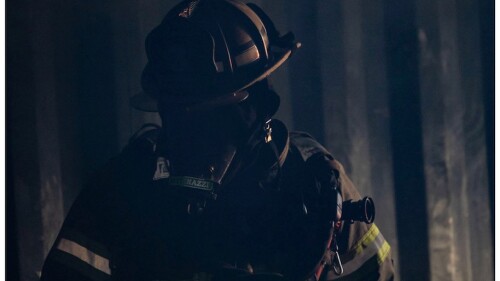As research continues to emerge, highlighting the importance of coordinated ventilation, firefighters are forced to adjust strategies and tactics. This special coverage series reviews the current ventilation-focused research and offers detailed steps for how to best implement the various ventilation operations – vertical ventilation, horizontal ventilation, positive pressure ventilation, among other tips and tricks to ensure safe fireground operations.
MOST POPULAR
- In their own words: Where Trump and Harris stand on issues impacting the fire service
- Honolulu firefighter killed, at least 4 others injured during 3-alarm fire
- 1 dead, 7 injured when Tesla Cybertruck explodes outside Las Vegas Trump hotel
- Mo. officials reject nearly $1M settlement in fatal fire truck crash
- L.A. County pays $7.2M to family of firefighter killed in firehouse shooting
MORE FIREGROUND OPERATIONS
Understand the power of flowing a steep, straight and steady stream
Four fire suppression tactics were included in the restoration of the beloved Paris landmark
FireRescue1 readers weigh in on viral article about harsh realities of response capabilities, funding and community support
Researchers are experimenting with a “self-extinguishing” battery for electric vehicles, while one car manufacturer is exploring compressed hydrogen as a fuel source
Five considerations for first-arriving crews to prevent the situation from deteriorating
Simple steps to maintain composure when the scene is anything but routine
While the fire is the flashiest part of the scene, the smoke plays a supporting role in helping crews understand how to knock it down
FireRescue1’s new special coverage series cuts into various ventilation tactics
This simple method for a quick cut on a pitched roof allows for fewer cuts and safer operations



